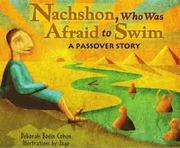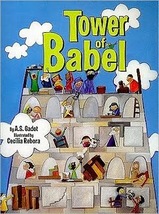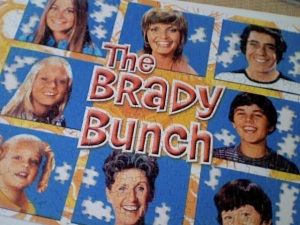My very first classroom teaching position was at Beit Rabban in New York City. The school was founded by Dr. Devora Steinmetz, a brilliant and inspiring educational leader. My own philosophy of Jewish education was so deeply influenced by hers that twelve years later I still can’t figure out which, if any, of my ideas I can actually take credit for.
One of the defining characteristics of Beit Rabban, at least when I was there, was a rigorous and serious approach to sacred text, even in Kindergarten. The youngest children were introduced to Torah through weekly parsha lessons, when they listened to the actual words of the Torah (in translation, except for proper nouns) and shared aloud their questions about the text – what they wondered about the story after hearing the sparse, nearly description-free language of the original text. These questions often led to fascinating discussions, as children offered their own interpretations of the words of the Torah. This was not a place where children colored in drawings of Joseph’s “coat of many colors” – it was a place where children debated at age five why Yaakov would give his son a special coat to begin with.
Consequently, I’ve always been a little hesitant about using illustrated picture books to teach the stories of the Torah. I want my children’s understanding of Torah to emerge from the text itself, not from watered-down or cutesied-up versions of these stories. I’m fairly certain that the earlier children are exposed to other peoples’ interpretations of Torah, the harder it is for them to ever develop their own interpretations, without subconsciously incorporating the pictures, dialogue and the myriad of other descriptive details imagined by contemporary authors and illustrators. After all, how many of us can’t help but hear God’s voice as Charlton Heston’s? How many of us were, or still are, certain that the story of Abraham breaking his father’s idols actually appears in the Torah?
As a PJ Library parent, and a sometimes book reviewer, I’ve received a number of Bible story books, some of which have changed my mind, just a little bit, about this genre. The very best of these books, in my opinion, don’t retell the story, but instead function as a kind of midrash, selecting one mysterious or unanswered question in the text, and offering a creative response to this question. One of my favorite examples of picture book midrash is Nachshon, Who Was Afraid To Swim, by Deborah Bodin Cohen. (I’m not alone in my praise of this book. It was a finalist for the National Jewish Book Award and a Sydney Taylor honor book.) Cohen takes a character mentioned in passing in the Torah, and briefly referred to in Rabbinic midrash, and weaves a tale about fear and courage and leadership at the moment the Israelites crossed the Red Sea.
Another category of Biblical picture books that I can, at least, tolerate are books that are inspired by a scene in the Torah but are really just nice children’s book that have little or nothing to do with their inspiration. Piles of children’s books, for example, respond to the implicit question “What was it like on Noah’s ark?” Yet it’s hard for me to consider these books as midrash. The problem, of course, is that these books usually turn a message about evil and Divine punishment into an adorable, sometimes rhyming, tale of cute animals. (Do you think it’s strange that I consider that a problem?) Perhaps it’s best to think of these Noah’s Ark books as just, well, books about a boat full of animals and leave it at that. My kids loved the recently released Noah’s Bark by Stephen Kremsky, but I doubt it impacted their understanding of the Torah in the slightest. (I did have to promptly toss the book we received as a baby gift that read “Mrs. Noah keeps things clean, on deck, below, and in between.”)
Then there are the Biblical picture books I can’t stand. Books that distort or ignore the message of the Torah so much that I’m inclined to call them blasphemous, if I were the kind of person who used that word (or even knew exactly what it meant.) Instead I’ll just call them irritating. One such tome is A.S. Gadot’s Tower of Babel, which is inexplicably set at a café, though one that can’t seem to decide whether it’s in modern times (lattes on the menu) or ancient times (“Someone suggested searching the internet, but the computer hadn’t been invented yet”) The people’s attempts to build a tower are thwarted by a thunderstorm, and suddenly, also inexplicably, they begin to speak different languages. While I do think some Torah stories can be successfully told without mentioning God, this one falls flat, losing any coherent narrative thread; the only really interesting part of the orignal story gets completely lost.
The stories of the Torah are incredibly rich, and it’s no wonder that authors, like myself, are inspired to try to turn them into great children’s literature. Just as we are cautious and humble about adapting Shakespeare and Bronte for the five year old set, kal v’chomer we should be extraordinarily careful about how we retell the stories of the Torah. It’s not impossible, but it’s not easy, either.
Do you have any most- or least- favorite Torah stories for children? Please share them in the comments!



